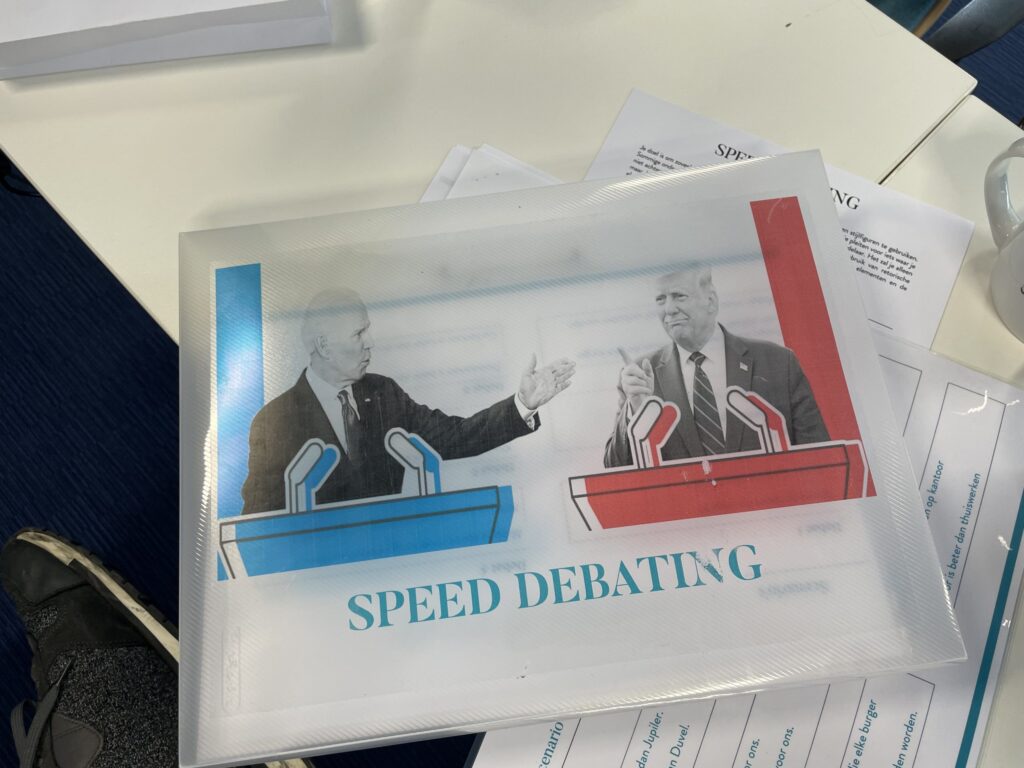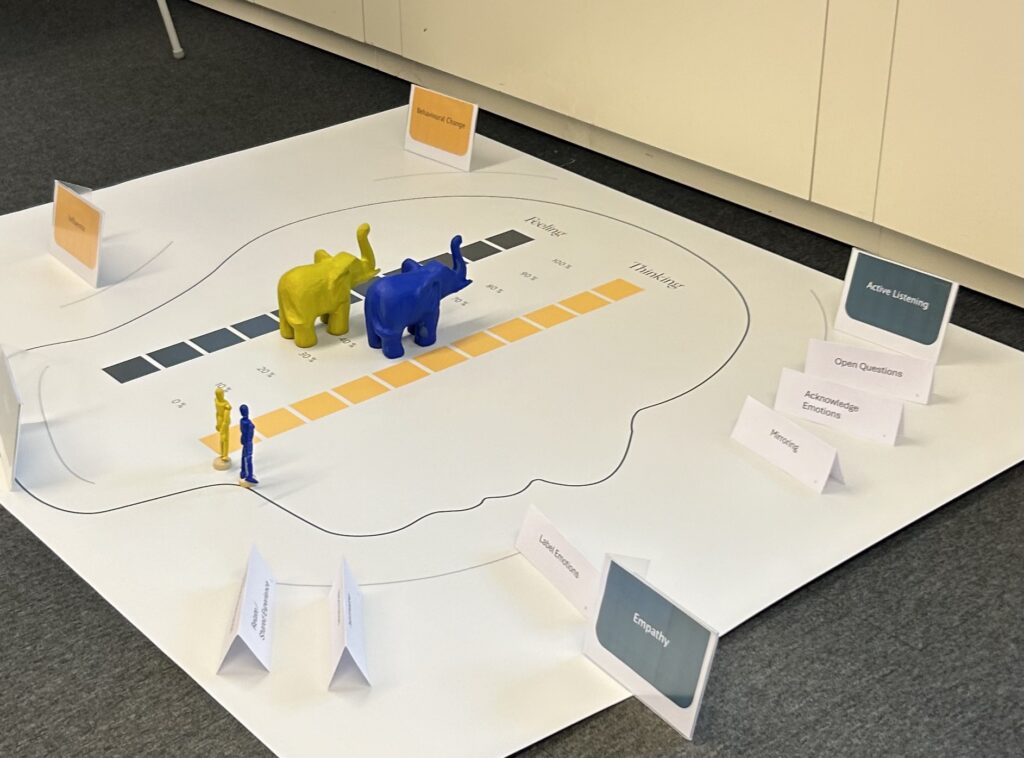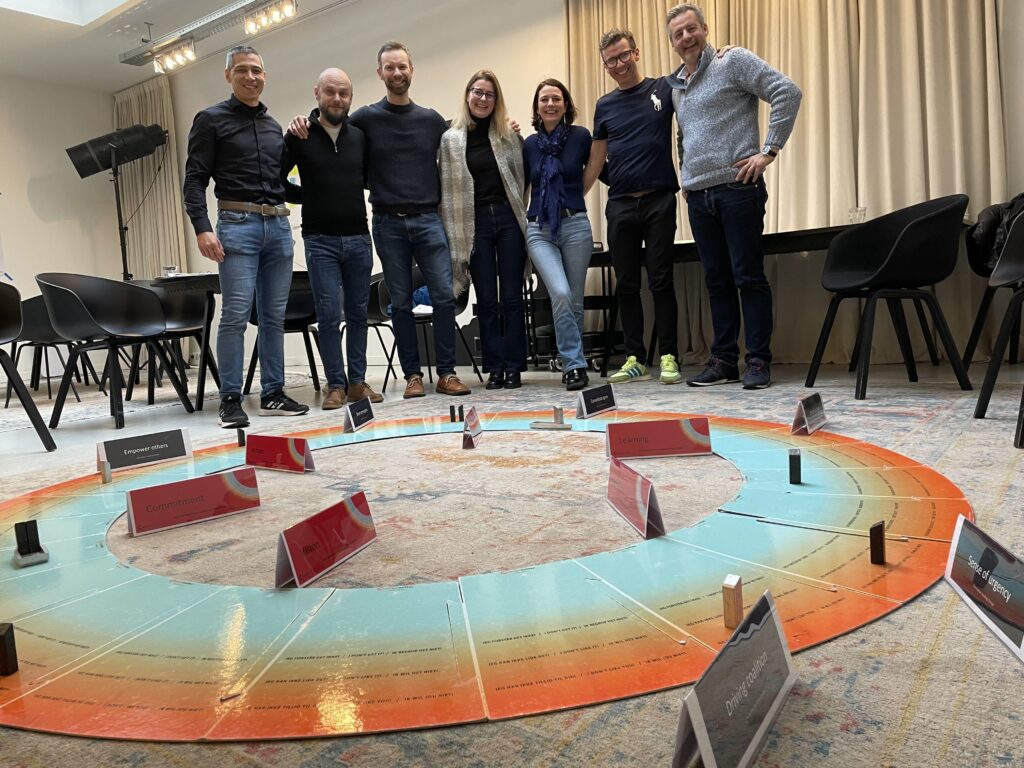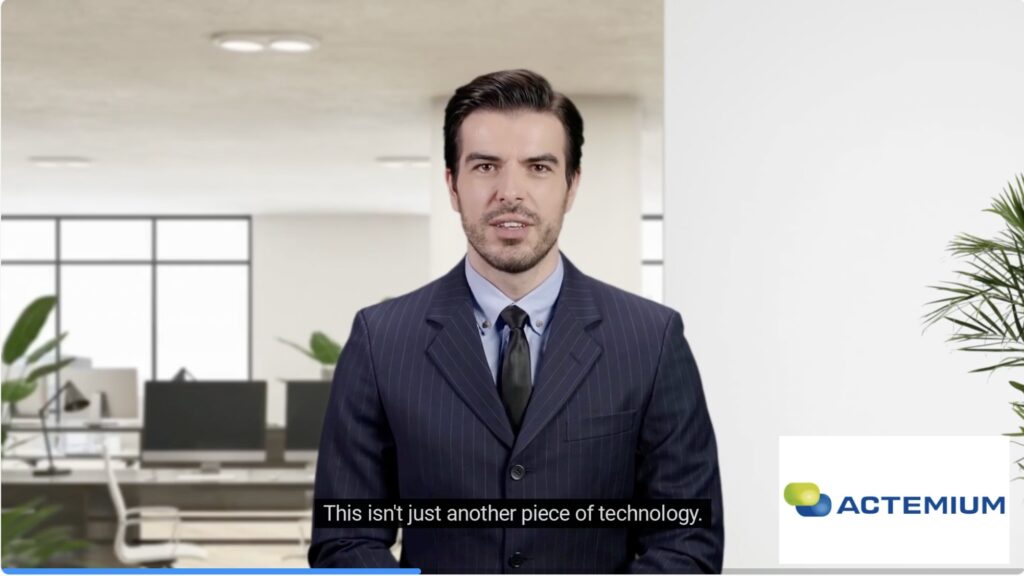The Speed Debating Game

Discover the thrilling Speed Debating Game, a fast-paced exercise in rhetoric and persuasion. Teams must form compelling arguments quickly, often defending unfamiliar views. The game culminates in a debate focused on real challenges, improving argument strategies. This journey through quick thinking and persuasive speech refines your debate skills for professional encounters.
The Influence Game

The Influence Game”, designed for sales professionals, is a competitive board game focusing on persuasion. Teams confront sales challenges requiring quick thinking and mastery of persuasion techniques. The game offers role-play opportunities for real-world situations and incorporates Cialdini’s persuasion principles. It serves as a dynamic platform for professionals to hone their influential skills.
Behavioural Change Game

The Behavioural Change Game is a tool for managing resistance to change, and coaching individuals to become change advocates. Using metaphors and strategies based on theories like DISC Profiles and Principles of Persuasion, it highlights the interplay of emotions and logic in change management. This immersive game offers practical tactics and guides for real-world application, making it a key resource for team transformation.
The Sales Transformation Game

The Change Management Game is an immersive simulation where teams navigate organizational change, balancing diverse stakeholders. The game emphasizes the need for strategic leadership to overcome resistance and foster progress. Participants learn to handle individual differences and apply leadership theories, with game outcomes tied to real-world change management principles like ADKAR and Kotter’s 8 Steps. This approach equips individuals to manage change confidently.
The AI Pitch Analyser

The AI Pitch Analyser marks a leap in our sales training at Sales Cubes, offering precise evaluations and improvements for pitches using artificial intelligence. It scrutinizes clarity, persuasiveness, and comprehensiveness, providing actionable feedback. This tool equips sales professionals to refine their pitches effectively, ensuring they resonate more deeply with their audience. Embrace a new era where technology elevates every pitch to its fullest potential.
Conversation Navigation Framework

The Conversation Navigation Framework
explores truth in conversations: factual in transactional, debated in positional, and co-created in transformational.
Changing B2B Buying Behavior: Adapting Sales Strategies for a Digital-first World
The B2B buyer’s journey is transforming, influenced by digital innovation and shifting market conditions. With a ‘digital-first’ buying posture, today’s B2B buyers, especially Millennials, are increasingly relying on digital channels for their purchasing decisions. Sales teams must quickly adapt by leveraging digital sales tools to capture their attention. The Digital Shift and Limited Engagement Time […]
Rethinking Sales Organizations: Adapting to a Changing Landscape
The B2B sales landscape has experienced dramatic shifts in recent years, forcing sales managers to reimagine their teams and strategies. The new realities of the sales world call for a proactive approach to future-proof sales organizations Embracing External Expertise and Evolving Workforce DynamicsAs the sales domain becomes more complex, companies are seeking external experts to […]
The Rise of Specialization in B2B Sales: From Generalist to Expert
In today’s rapidly evolving business landscape, B2B sales professionals are facing a critical reality: the era of the generalist is fading, making way for the age of the specialist. This shift is not just a passing trend, but a strategic imperative driven by the complex market dynamics and elevated customer expectations. The Power of Focus […]
Emerging Market Trends in B2B Sales: from Stable to Volatile
IntroductionThe B2B sales landscape has undergone a paradigm shift in recent years, fueled by global events like the COVID-19 pandemic and geopolitical tensions. These events have led to unprecedented market volatility and uncertainty, prompting a reexamination of traditional sales approaches. In this article, we will discuss the emerging market trends in B2B sales and how […]